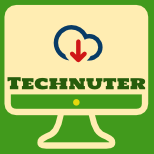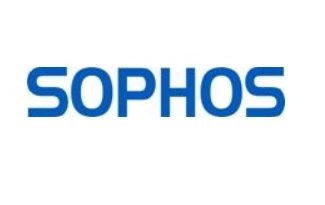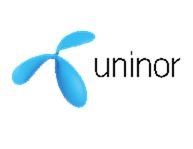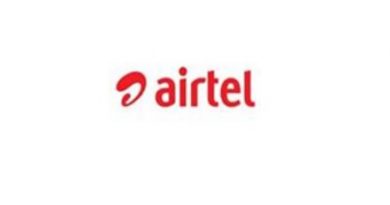“Other typical commercial off-the-shelf (COTS) solutions and customized software tools require vendor improvements and upgrades when outbreaks arise” – By, Donna Migoni, General Manager, Government Health Services, Conduent Inc
 Could you please tell the story behind Maven and how does it work?
Could you please tell the story behind Maven and how does it work?
Maven is a software platform currently used by approximately 40 organizations — primarily U.S. public health agencies, as well as international clients — to manage cases of more than 90 reportable diseases. Maven is essential for fast-moving, rapidly changing public health crises. It securely tracks patients infected with or exposed to dire communicable diseases such as COVID-19, Ebola, Zika, measles, tuberculosis, HIV/STDs and influenza.
Conduent recently announced the availability of a new software module for Maven, configured to securely track, manage and report on cases of COVID-19. The Maven COVID–19 module empowers federal, state and local agencies managing the coronavirus epidemic by enabling automated, direct communication among all parties involved in tracking the spread of the disease, from health providers, to clinics, to laboratories and local public health organizations.
Maven can assist with critical efforts at local levels to monitor not just the individual cases of the disease, but also citizens whom may be at risk of exposure. The platform also supports agencies with reporting requirements to authorities such as the Centers for Disease Control and Prevention and integrates with geocoding tools and services to create a geographic visualization of outbreak areas and case clusters. Because of its unique and flexible design, Maven users can also customize the platform on their own to track diseases most prevalent in specific geographies or communities.
What is the tech behind Maven?
The Maven product suite is a flexible, web-enabled, Java-based case management and reporting platform that enables rapid initial configuration and the ability to reconfigure after deployment. It is also reconfigurable by users, allowing the system to stay in lockstep with changing needs over time. Maven promotes ease of data interchange with standards-oriented interoperability via XML and Web-Services, to interact with existing systems and at the same it is secure – web based platform. Its flexible design gives organizations the capability to customize disease tracking most prevalent in specific geographies or communities.
How do you reach out to undiagnosed patients?
While Maven does not allow for the prediction of newly occurring infectious diseases, it does provide public health agencies with an invaluable tool for tracking outbreaks. With the data collected in Maven, agencies can monitor outbreaks as they occur, and they can use the data to analyze the nature of the outbreak and devise strategies for combating the spread of the disease.
Is there any other disease surveillance and outbreak system similar to Maven? If yes, how does your offering different from the competition?
Other typical commercial off-the-shelf (COTS) solutions and customized software tools require vendor improvements and upgrades when outbreaks arise, or when the CDC issues changes to its reporting requirements. Maven is different, however. It’s configured to support any public health program’s immediate needs, and can be modified on the fly, without relying on specialized software updates when an outbreak strikes, or changes arise in regulatory requirements.



